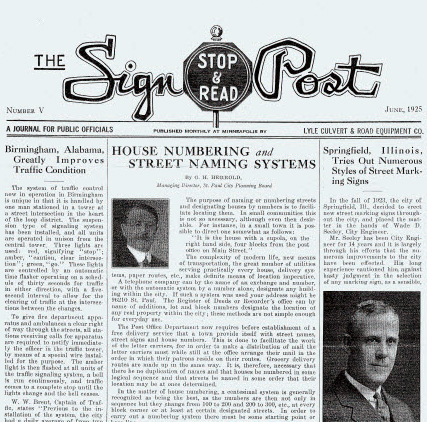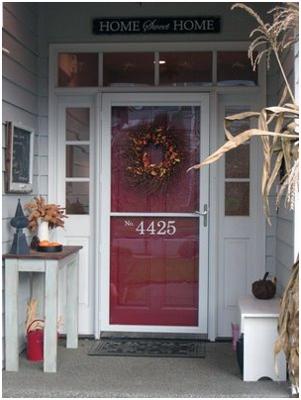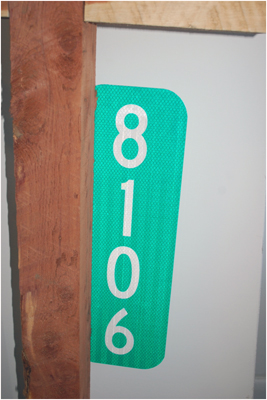Regardless of method, the key to any housing number system is simplicity and uniformity. That way, visitors and new citizens can easily grasp the city’s layout. Additionally, services like mail delivery or food delivery become vastly more efficient when they can plan out their routes. More importantly, housing numbers are especially vital in emergency situations where firefighters and paramedics need to find a location—and every second wasted could mean life or death. A major safety issue with housing numbers is the inability to locate them during the nighttime. Thankfully, recent improvements in sign technology have yielded reflective housing number signs that significantly improve nighttime visibility. These signs can be especially helpful to emergency personnel when they need to find a location quickly to provide lifesaving assistance. Reflective housing signs like the one below are particularly ideal in rural neighborhoods since street lighting is poor and nighttime visibility drastically reduced. For more information on emergency 911 address signs,
click here.


